
Garry Marshall’s 1990 film *Pretty Woman*, starring the magnetic duo of Julia Roberts and Richard Gere, has been enshrined in cinematic history as one of the most recognizable and beloved romantic films of its era. Its charming narrative, undeniable chemistry between its leads, and a triumphant, feel-good ending cemented its place as a quintessential romantic comedy, captivating audiences worldwide and propelling Roberts’ career into superstardom. It’s the kind of movie that makes you believe in the transformative power of love, even in the most unlikely of circumstances, and its influence on the rom-com genre is simply immeasurable.
Yet, beneath the glossy, fairytale surface of the film we know and adore, lies a startling secret. The blockbuster that charmed millions was not always conceived with such a rosy outlook. In fact, its initial incarnation was a stark, unflinching look at a much harsher reality, with an ending so traumatic it had the potential to leave audiences utterly devastated. This untold story, a radical departure from the optimistic tale of Vivian and Edward, reveals a creative journey filled with unexpected turns, studio interventions, and a profound shift in artistic direction.
Today, we’re pulling back the curtain on this fascinating behind-the-scenes saga, exploring the gritty origins of *Pretty Woman*, the original visions for its characters, and the pivotal moments that transformed a dark drama into a romantic classic. We’ll delve into the initial script’s bleak outlook, the character arcs that were nearly realized, and the crucial intervention that ultimately steered the film towards its iconic, heartwarming conclusion. Prepare to discover the version of *Pretty Woman* you never knew existed, a story that almost changed everything we associate with this cherished film.
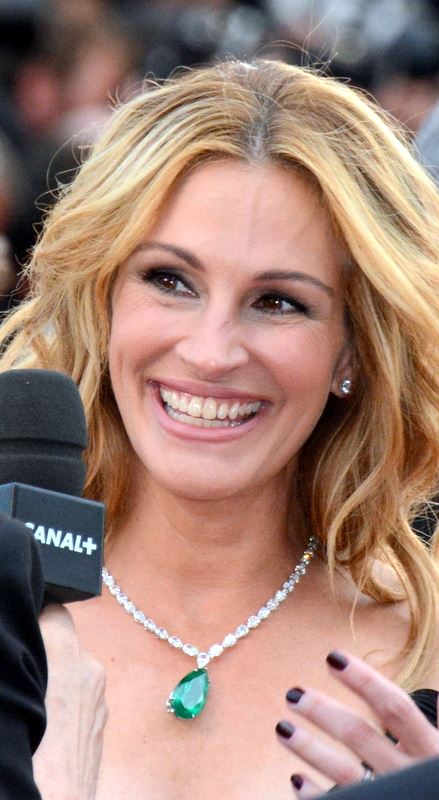
1. **The Gritty Vision: Pretty Woman’s Initial Concept**
The film that ultimately became a cornerstone of romantic comedies began its life with an entirely different thematic ambition. Far from the lighthearted romance that captivated audiences, the original concept for *Pretty Woman* was steeped in realism, aiming to offer a much grittier and darker portrayal of its subject matter. It was designed to confront viewers with the harsh realities faced by s*x workers and the systemic ways they are treated within society, without the sugarcoating of a fairytale ending.
This initial vision was an attempt to showcase a world often hidden or glamorized, presenting it with an unvarnished honesty that could be deeply unsettling. The narrative intended to reflect the struggles, vulnerabilities, and lack of agency experienced by individuals in such circumstances, making a powerful social commentary rather than offering escapist entertainment. It was a story meant to provoke thought and perhaps even discomfort, forcing an examination of societal issues through the lives of its characters.
The final film, with its soaring soundtrack and triumphant final scene, stands in stark contrast to this original intent. Where one sought to expose societal ills with a sense of fatalism, the other aimed to transcend them with hope. This fundamental shift from a gritty social drama to an uplifting romantic fantasy is perhaps one of the most significant transformations in modern cinematic history, redefining not just the film itself, but potentially the careers of everyone involved.
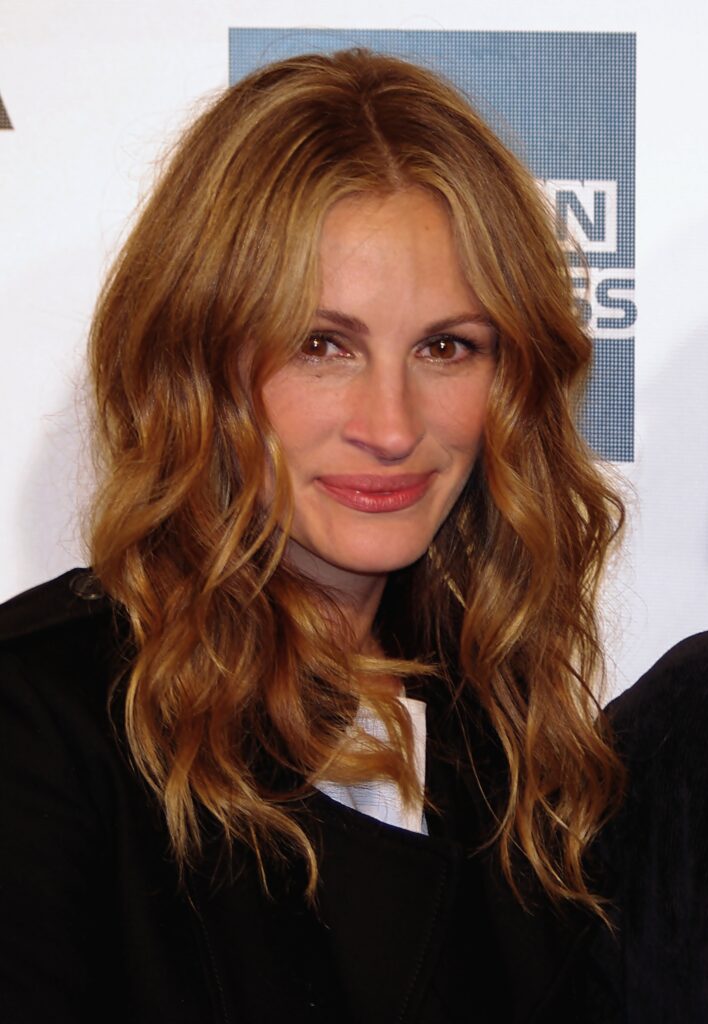
2. **”3000″: The Original Title’s Stark Reality**
Adding another layer to its grim beginnings, the film was originally known by a distinctly unromantic and stark title: *3000*. This numerical designation was far more than just a placeholder; it encapsulated the core, transactional nature of the original script and served as a powerful symbol of the film’s intended thematic weight. The title itself hinted at a story devoid of sentimentality, focused instead on cold, hard figures and the monetary exchange at its heart.
The title *3000* was specifically “meant to draw a parallel between Edward’s (Richard Gere) greed and Vivian’s (Julia Roberts) complicated and disjointed life.” This intent reveals a narrative that positioned money not as a catalyst for romance, but as a stark divider, highlighting the power imbalance and the purely commercial aspect of their initial arrangement. Edward’s wealth and Vivian’s need for the specific sum of $3000 were central, underpinning the entire dynamic between them.
In this context, the title served as a constant reminder of the transactional relationship that defined the characters’ interactions, stripping away any nascent romantic notions. It underscored the bleak reality of Vivian’s existence and Edward’s initial motivations, making it clear that their connection was forged in the harsh crucible of commerce, not the gentle warmth of affection. The transition from *3000* to *Pretty Woman* is thus a profound symbolic change, signaling the complete overhaul of the film’s emotional and narrative landscape.

3. **Vivian’s Darker Fate: The Original Ending for Julia Roberts’ Character**
Julia Roberts’ portrayal of Vivian Ward in *Pretty Woman* has become synonymous with a rags-to-riches, fairytale transformation, culminating in a passionate declaration of love and a dream-like rescue. However, this iconic happy ending was a far cry from the bleak and ultimately tragic fate originally envisioned for her character. The initial script by JF Lawton painted a much grimmer picture, one that would have left audiences heartbroken and deeply unsettled.
In the original ending, Vivian’s journey concluded not with a romantic gesture, but with a stark return to her harsh reality. After her week with Edward, instead of a grand reunion, the script had “Vivian and her friend Kit leaving for a trip to Disneyland with the $3000 she received from Edward.” This detail, while seemingly offering a moment of escape or a small victory, was merely a prelude to a far more devastating twist that underscored the original film’s commitment to realism over fantasy.
The truly “traumatic part” of this scrapped ending was Vivian’s ultimate demise. On her way to Disneyland, a symbol of childhood wonder and fantasy, “Vivian was written to die of a drug overdose on the way.” This brutal conclusion would have shattered any glimmer of hope, cementing the film’s message about the harsh, unforgiving nature of the life Vivian inhabited. It was a narrative choice designed to shock and to leave an indelible mark, ensuring that the audience felt the full weight of her challenging existence, rather than seeing her escape it through romance.
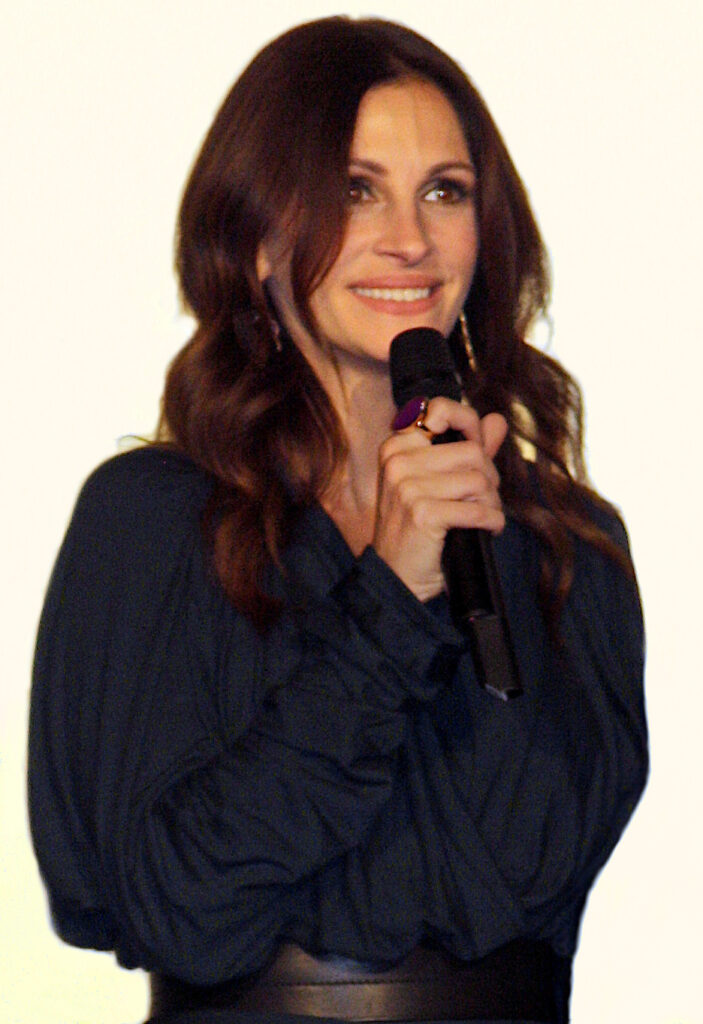
4. **Edward’s Cold Farewell: Richard Gere’s Character in the Scrapped Ending**
Richard Gere’s Edward Lewis is remembered as the charming, albeit initially detached, businessman who ultimately falls for Vivian, breaking through his own emotional barriers to pursue a life with her. His iconic climb up the fire escape with a rose in hand is etched into popular culture. Yet, the original script presented an Edward Lewis who was far less heroic and significantly more cold-hearted, embodying the very “greed” that the film *3000* sought to critique.
In the initial version, Edward’s character concluded his week-long arrangement with Vivian by explicitly highlighting the transactional nature of their relationship. The narrative had “Edward leaving Vivian on the pavement where they had met, throwing the promised cash out the window in exchange for her company.” This stark act of dismissal would have underscored his detachment and his perception of Vivian as merely a commodity, rather than a person with whom he had formed a genuine connection.
This original portrayal of Edward would have cemented his character as a figure embodying capitalistic indifference, completely devoid of the romantic arc that later defined him. There would have been no grand gesture, no change of heart, and certainly no chasing after Vivian to win her back. His exit would have been a definitive, unsentimental act, leaving Vivian precisely where he found her, with only the promised sum – thrown casually from a window – to mark their parting. This raw depiction of his character’s “greed” was central to the initial, darker message of the film.

5. **The Disney Intervention: Why the Script Had to Change**
The drastic shift from a gritty drama with a tragic ending to the beloved romantic comedy *Pretty Woman* wasn’t an organic evolution of the script but rather a direct intervention by a major Hollywood studio: Disney. It was their acquisition of JF Lawton’s original script that marked the pivotal turning point for the film, fundamentally altering its trajectory from a bleak social commentary to a hopeful romance.
Upon reviewing the original script, which explicitly detailed Vivian’s grim fate and Edward’s cold departure, Disney “evidently deemed dark and gritty for adaptation.” This assessment highlights the studio’s preference for content that aligned with its brand identity, which, even for its more mature offerings, leaned towards optimism and feel-good narratives. A story culminating in a drug overdose was simply not in line with the kind of storytelling Disney was known for, even under its more adult-oriented banners.
This crucial decision by Disney to reshape the narrative saved the film from its initial, darker path. It signaled a clear mandate for a story that, while potentially touching on difficult themes, would ultimately resolve with a sense of uplift and positivity. Without Disney’s intervention, the world would likely never have seen the *Pretty Woman* we cherish today, and the film would have undoubtedly left a very different, and much more somber, impression on its audience. This moment was the true genesis of the fairytale that was to come.
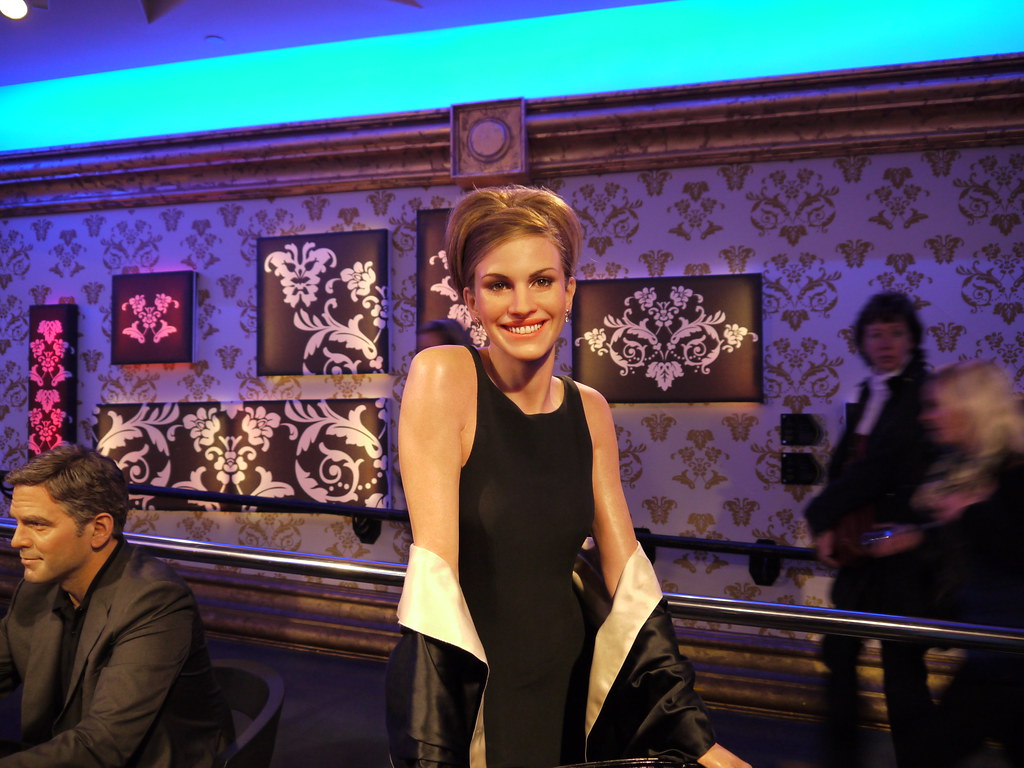
6. **Garry Marshall’s Vision: The Birth of a Rom-Com Classic**
With Disney’s decision to move away from the original script’s grim tone, the project found its transformative leader in Garry Marshall. A seasoned director renowned for his ability to craft heartwarming and genuinely funny stories, Marshall’s arrival signaled a complete overhaul of the film’s direction. He brought to the table a distinct and profoundly influential “positive idea for a romantic and hopeful ending between Vivian and Edward,” fundamentally reimagining the entire narrative.
Marshall’s vision was a stark departure from JF Lawton’s initial concept. Instead of merely depicting a transactional relationship ending in tragedy, he sought to infuse the story with genuine emotion, character development, and the intoxicating allure of romance. His genius lay in seeing the potential for a love story to blossom amidst the challenging circumstances, transforming what was once a critique of societal issues into a celebration of human connection and redemption.
It was under Marshall’s guidance that the iconic ending was crafted – one where Richard Gere’s character, Edward, chooses love over ambition, actively chasing after Julia Roberts’ Vivian to win her back, rather than simply driving off to the airport. This singular change, a direct inversion of the original ending, became the emotional lynchpin of the film. It not only provided the audience with the satisfying resolution they craved but also redefined the film as a timeless romantic comedy, forever altering its place in cinematic history and laying the groundwork for its cult status.
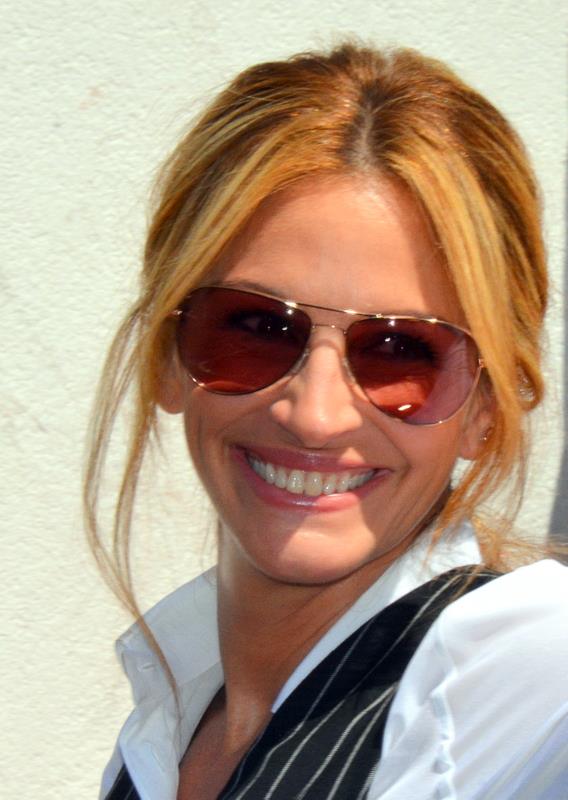
7. **Garry Marshall’s Romantic Reimagining: Crafting a Fairytale**
Following Disney’s pivotal decision to pivot from the original script’s grim and traumatic narrative, the task of transforming ‘3000’ into a viable, uplifting story fell squarely on the shoulders of director Garry Marshall. Known for his Midas touch in crafting heartwarming and genuinely funny narratives, Marshall brought a fresh perspective that was diametrically opposed to the initial bleakness. His vision was not merely to lighten the tone but to infuse the story with a profound sense of romance and hope, fundamentally altering the destiny of Vivian and Edward.
Marshall recognized the inherent potential for a compelling love story within the challenging premise. He saw past the transactional elements of the original script and instead focused on developing characters who could genuinely connect and evolve, transforming their initial arrangement into something far more meaningful. His arrival signaled a complete narrative overhaul, moving away from social commentary towards an exploration of human connection and the redemptive power of love.
It was Marshall who championed a “positive idea for a romantic and hopeful ending between Vivian and Edward,” a crucial change that became the emotional cornerstone of the film. This reimagining allowed for the development of Edward Lewis from a cold, detached businessman into a hero capable of profound change, actively pursuing love rather than simply dispensing with it. This creative pivot truly gave birth to the romantic comedy classic that would soon captivate global audiences.
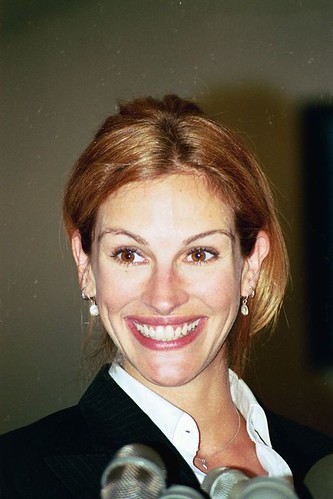
8. **Julia Roberts’ Journey: From Discomfort to Icon**
Julia Roberts’ personal and professional journey through the evolution of the ‘Pretty Woman’ script is a testament to the drastic shift in the film’s trajectory. Initially attached to JF Lawton’s darker version, Roberts found herself in a precarious position when the original production company folded over a weekend. Her role as Vivian Ward, which she had held for three days, seemed to vanish, leaving her without a job and uncertain about the project’s future.
Her discomfort with the original, traumatic ending—where Vivian tragically succumbs to a drug overdose—was a significant factor. The bleakness of that narrative was far from what Roberts would later embrace as her signature “wheelhouse” of optimistic and engaging roles. It speaks volumes about the original script’s intensity that an actress of Roberts’ caliber found it challenging to fully embrace.
Garry Marshall’s subsequent involvement proved to be a turning point, not just for the film but for Roberts’ career. As she herself shared, Marshall, being “a great human being,” felt it was only fair to meet with her, given her brief attachment to the project. This meeting, and Marshall’s subsequent decision to “change the whole thing,” reshaped the narrative into something that felt instinctively right for Roberts. It was a creative alignment that allowed her to spread her wings and embody Vivian with the warmth and vibrancy that became iconic, eventually paving the way for her diverse roles, including her Oscar-winning performance in ‘Erin Brockovich’.
Read more about: Lights, Camera, Conflict: 15 Iconic Actors Who Refused to Film Scenes Together on Set
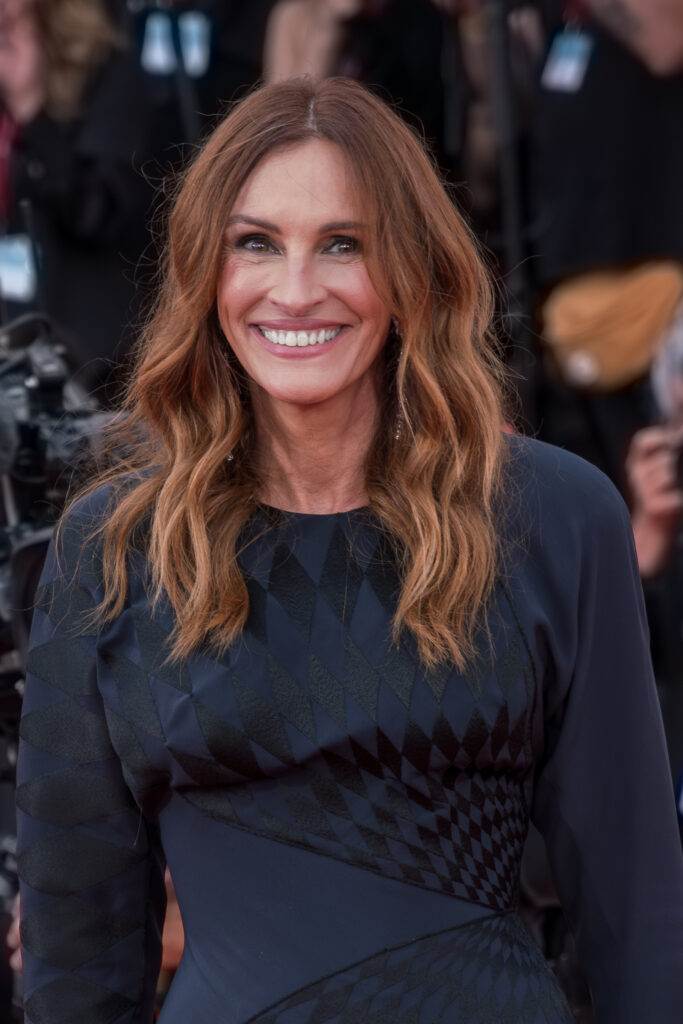
9. **The Undeniable Chemistry: Forging an Iconic Duo**
The transformation of ‘Pretty Woman’ into a romantic comedy hinged not only on a revised plot but also on the magnetic appeal and undeniable chemistry between its lead actors, Julia Roberts and Richard Gere. Garry Marshall’s romantic reimagining provided the fertile ground for this on-screen magic to flourish, allowing their characters, Vivian and Edward, to evolve beyond transactional roles into a deeply connected couple.
In the original, grittier script, Edward Lewis was depicted as embodying “greed,” concluding his week with Vivian by coldly discarding cash. This portrayal offered little room for genuine affection or a developing bond. However, Marshall’s vision explicitly sought a “romantic and hopeful ending,” which necessitated a profound character arc for Edward, making him capable of love and commitment.
This shift empowered Richard Gere to portray Edward not as a one-dimensional, detached businessman, but as a man whose emotional barriers could be broken down by Vivian’s spirit. Simultaneously, it allowed Julia Roberts to showcase Vivian’s charm, vulnerability, and resilience, inviting audiences to root for her transformation and eventual happiness. The pairing of Roberts and Gere, facilitated by Marshall’s romantic lens, transcended a mere casting choice, creating a cinematic duo whose on-screen relationship became central to the film’s enduring appeal and romantic legacy.
Read more about: Beyond the Glitz: 14 Celebs Who Vanished From Hollywood — And What Their Lives Look Like Now (Prepare to Be Shocked!)

10. **The Iconic Happy Ending: A Cinematic Moment**
The climax of Garry Marshall’s ‘Pretty Woman’ stands as one of the most recognizable and heartwarming conclusions in cinematic history, a stark contrast to the tragic fate originally planned for Vivian. It was a meticulously crafted sequence designed to provide audiences with the emotional payoff and triumphant resolution they eagerly awaited, firmly cementing the film’s identity as a quintessential romantic comedy.
Instead of Edward coldly leaving Vivian on the pavement and tossing cash from a window, Marshall orchestrated a dramatic and deeply romantic gesture. Richard Gere’s Edward, having chosen love over his previous solitary life of ambition, actively chases after Julia Roberts’ Vivian. This culminates in the memorable scene where Edward, overcoming his fear of heights, climbs the fire escape of Vivian’s apartment building, not with a white knight’s horse, but with a rose in hand, to win her back.
This grand, passionate declaration of love and commitment resonated deeply with viewers, proving that fairytales could indeed exist, even in the most unconventional settings. The image of Edward’s climb and Vivian’s joyous response became an immediate classic, providing the triumphant, feel-good ending that “cemented its place as a quintessential romantic comedy, captivating audiences worldwide and propelling Roberts’ career into superstardom.” It was this reimagined ending that truly transformed ‘Pretty Woman’ into a “cult favorite among rom-com fans.”
Read more about: Prove Your Sci-Fi Cred: 15 Essential Movies You Absolutely CANNOT Miss!
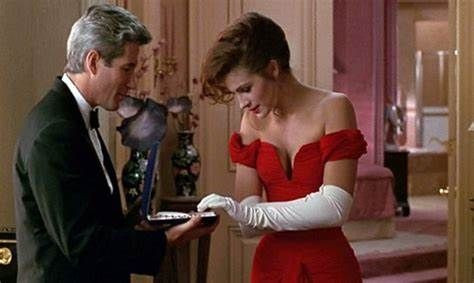
11. **The Enduring Legacy: A Rom-Com for the Ages**
The enduring legacy of Garry Marshall’s ‘Pretty Woman’ is undeniable, marking it as far more than just a box-office success; it became a cultural phenomenon and a benchmark for the romantic comedy genre. From its captivating narrative to the magnetic performances of Julia Roberts and Richard Gere, the film carved out a permanent place in cinematic history, proving the transformative power of a well-told love story.
This film didn’t just win multiple awards; it irrevocably shaped the careers of its stars, most notably catapulting Julia Roberts into superstardom and establishing her as a leading lady for decades to come. Her portrayal of Vivian Ward, the spirited and hopeful s*x worker who finds unexpected love, became an iconic figure, embodying the film’s message that hope and transformation are always within reach.
Ultimately, ‘Pretty Woman’ transcended its initial gritty origins to deliver a universal message about connection, acceptance, and the possibility of a fairytale, even in the most unlikely of circumstances. Its charming narrative, “undeniable chemistry between its leads, and a triumphant, feel-good ending” solidified its status. Even today, decades later, the film continues to be cherished by audiences, readily available to watch on platforms like Disney+, a testament to its timeless appeal and lasting impact on popular culture.
Read more about: Beyond the Glare: Unraveling the Enigmatic Journey of Shelley Duvall, ‘The Shining’ Star
And so, the story of ‘Pretty Woman’ serves as a remarkable illustration of how creative vision, coupled with strategic interventions and stellar performances, can transform a bleak concept into a universally adored classic. It’s a reminder that sometimes, the most beloved stories are those that almost weren’t, showcasing the journey from a darker ‘3000’ to the ‘Pretty Woman’ that still captures hearts and inspires belief in love, proving that happy endings, even if unexpected, truly can prevail.



